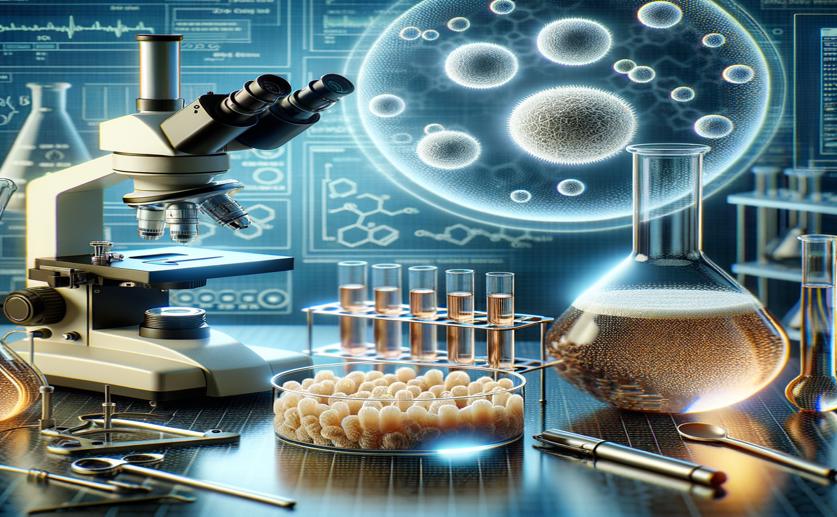
Improving Yeast Strains with Adaptive Lab Evolution for Better Butanol Tolerance
Greg Howard
1st July, 2024

Image Source: Natural Science News, 2024
Key Findings
- The study by the University of Campinas focused on improving butanol tolerance in two yeast strains, X2180-1B and CAT-1, using adaptive laboratory evolution (ALE)
- Initially, the CAT-1 strain showed higher butanol tolerance than the X2180-1B strain
- After ALE, the X2180-1B strain evolved to tolerate and grow in 1% butanol, with the X2180_n100#28 colony showing the highest growth rate
- The findings suggest that the X2180-1B strain, particularly the X2180_n100#28 colony, could be key for future genetic and evolutionary engineering to optimize yeast for butanol production
References
Main Study
1) Performance of Saccharomyces cerevisiae strains against the application of adaptive laboratory evolution strategies for butanol tolerance.
Published 30th June, 2024
https://doi.org/10.1016/j.foodres.2024.114637
Related Studies
2) Butanol production by Saccharomyces cerevisiae: perspectives, strategies and challenges.
3) Analysis of metabolite profiles of Saccharomyces cerevisiae strains suitable for butanol production.
4) Whole-genome sequencing of the efficient industrial fuel-ethanol fermentative Saccharomyces cerevisiae strain CAT-1.
5) Genome dynamics during experimental evolution.



 25th June, 2024 | Jenn Hoskins
25th June, 2024 | Jenn Hoskins